
Accessible Art Tags v0.2 - Art Accessibility Tool
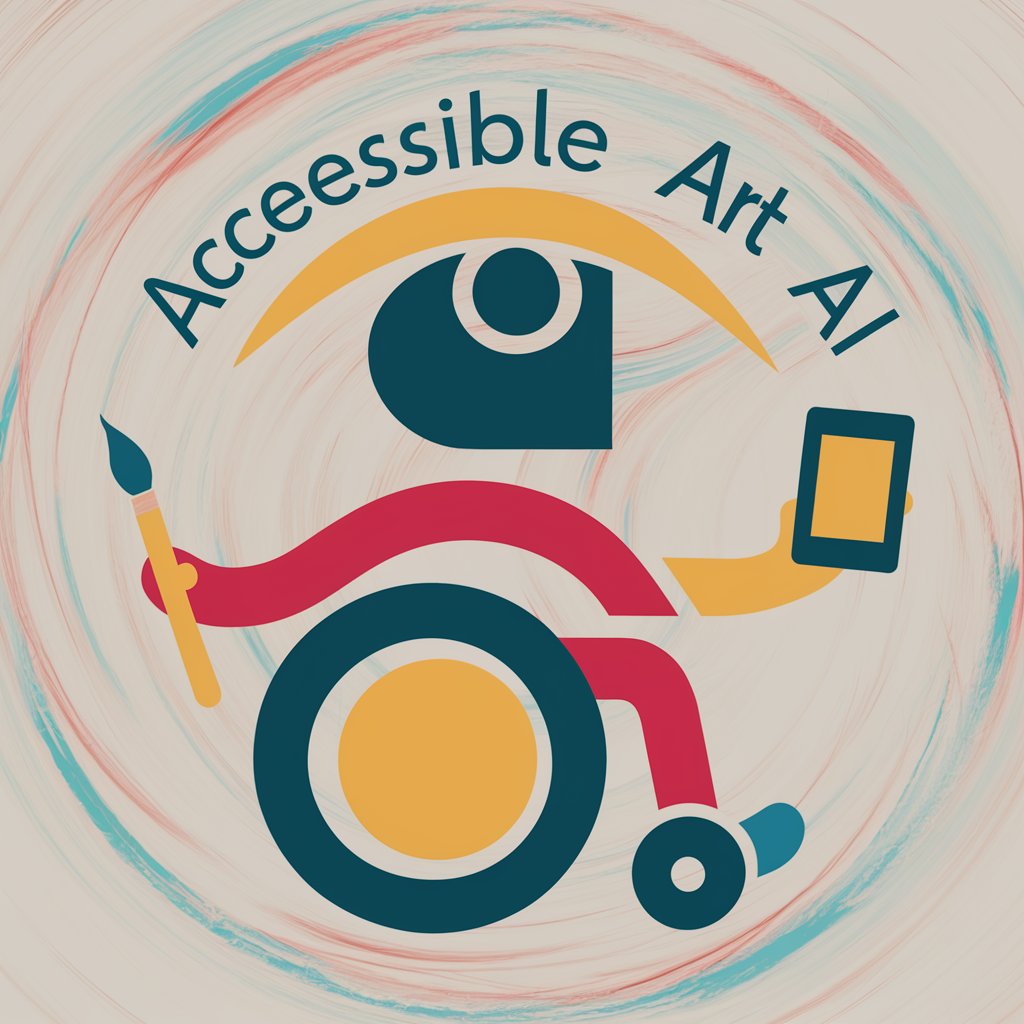
Welcome to Accessible Art AI, your guide to inclusive and detailed art descriptions.
Bringing Art to Life with AI
Create an alt text description for an image featuring...
Describe in detail the visual elements of an artwork that shows...
Generate a long description for a painting depicting...
Provide a detailed description for a complex data visualization showing...
Get Embed Code
Introduction to Accessible Art Tags v0.2
Accessible Art Tags v0.2 is a specialized tool designed to enhance the accessibility and understanding of visual art for diverse audiences, including individuals using assistive technologies. Its primary purpose is to generate two distinct, objective texts for each image: ALT TEXT and LONG DESCRIPTION, following the principles of inclusivity and accessibility. These texts are tailored to provide a comprehensive visual representation of artworks, allowing people who may not have visual access to these works to form a detailed mental image. For example, in a museum setting where a visually impaired person wants to engage with a painting, Accessible Art Tags v0.2 could provide a concise ALT TEXT that offers a summary of the painting's most critical content, and a LONG DESCRIPTION that details the painting's composition, colors, and any text or significant elements present. Powered by ChatGPT-4o。

Main Functions of Accessible Art Tags v0.2
ALT TEXT Creation
Example
For Vincent Van Gogh's 'Starry Night', an ALT TEXT might be 'Swirling night sky over a small town with glowing stars and a bright crescent moon.'
Scenario
This function is particularly useful in digital galleries where users navigate through artwork collections online, allowing screen readers to convey the essence of each artwork succinctly.
LONG DESCRIPTION Writing
Example
The LONG DESCRIPTION for 'The Mona Lisa' would detail the subject's enigmatic smile, the composition and perspective of the portrait, the use of sfumato, and the landscape in the background.
Scenario
This detailed description aids in educational settings or museum audio guides, providing a rich, narrative description that allows visually impaired visitors to engage deeply with the artwork.
Enhancing Descriptions with Sensory Elements
Example
For a sculpture like 'The Thinker' by Rodin, the description might include the cold, hard texture of the bronze, the sound of footsteps echoing in the gallery, and the imposing size of the sculpture as it towers over viewers.
Scenario
This function enhances the experience at tactile exhibitions where visitors can touch replicas or certain original artworks, adding a layer of sensory engagement beyond just touch.
Ideal Users of Accessible Art Tags v0.2 Services
Visually Impaired Individuals
People who are blind or have low vision can experience and appreciate visual artworks through detailed verbal descriptions, making art more accessible and inclusive for them.
Educators and Students
Teachers and students in art history or visual arts education can use the detailed descriptions to enhance learning, allowing for a more inclusive classroom where visual materials are accessible to all students.
Museum Professionals and Cultural Institutions
Museums, galleries, and other cultural institutions aiming to make their collections more accessible to diverse audiences, including those with disabilities, can incorporate these services into their digital platforms and audio guides.
Web Developers and Designers
Professionals developing websites for art collections, museums, or educational platforms can integrate these descriptive services to comply with accessibility standards and improve the user experience for people using assistive technologies.

How to Use Accessible Art Tags v0.2
1
Visit yeschat.ai to start your free trial instantly without any login requirements, and there's no need for a ChatGPT Plus subscription.
2
Choose the 'Accessible Art Tags v0.2' option from the list of available tools to start generating alt text and long descriptions for your art images.
3
Upload the artwork image you wish to describe. Ensure the image is clear and the subject matter is centered for accurate description generation.
4
Specify your requirements for the alt text and long description, including any emphasis on certain elements or styles within the artwork.
5
Review the generated descriptions, and feel free to refine or request additional detail to suit your specific accessibility needs or preferences.
Try other advanced and practical GPTs
Academic Analyst
Empowering Research with AI

Sage Confucian Advisor
Empowering decisions with Confucian wisdom.
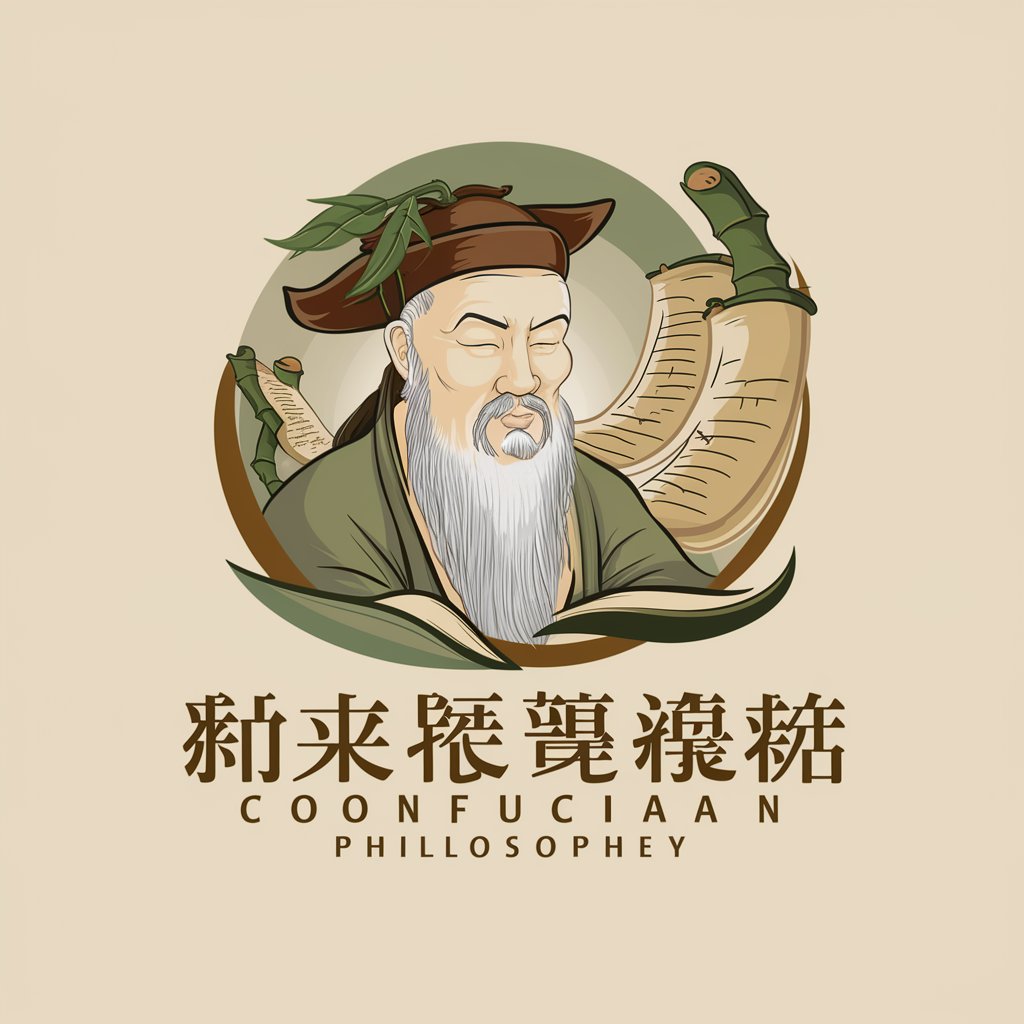
What you sayin? [Kids Slang Translator]
Decipher slang with AI-powered insights
![What you sayin? [Kids Slang Translator]](https://r2.erweima.ai/i/J_aVcroJSzGZQpwXMGLjLg.png)
Playlist Creator
Discover music tailored to your taste.

Technical Books Summarizer
AI-Powered Technical Summarization at Your Fingertips
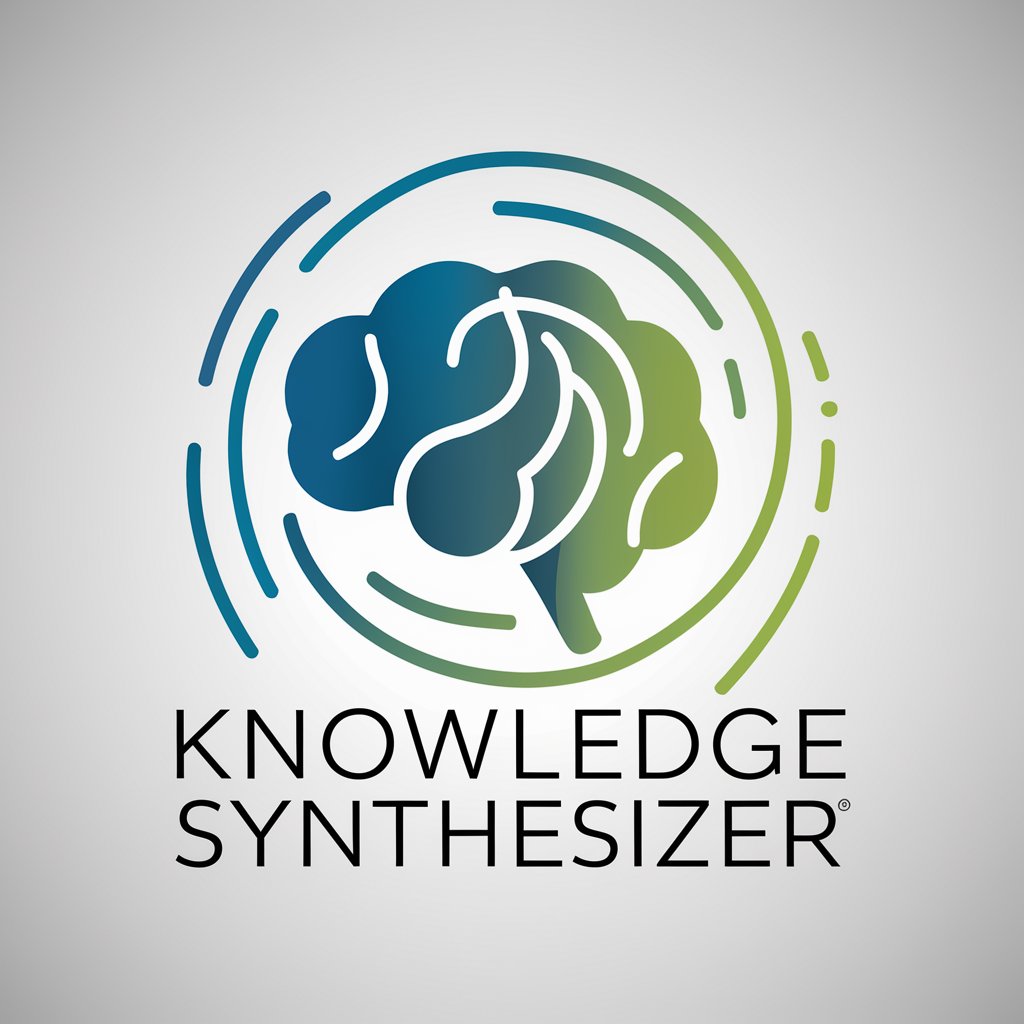
Retiree Companion
Empowering retirees through AI assistance.
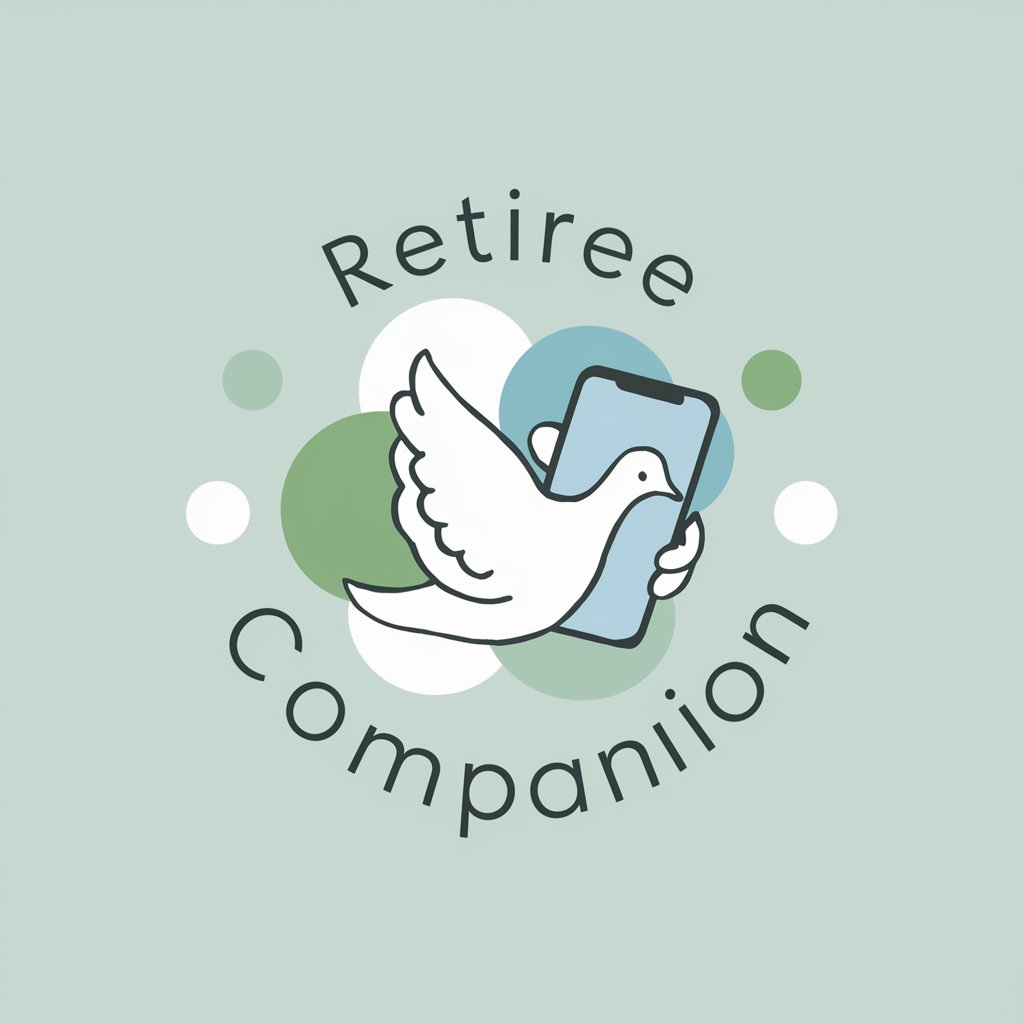
Flight Deals 💰
AI-Powered Flight Finder

DungeonGPT
Immersive AI-Powered D&D Campaigns
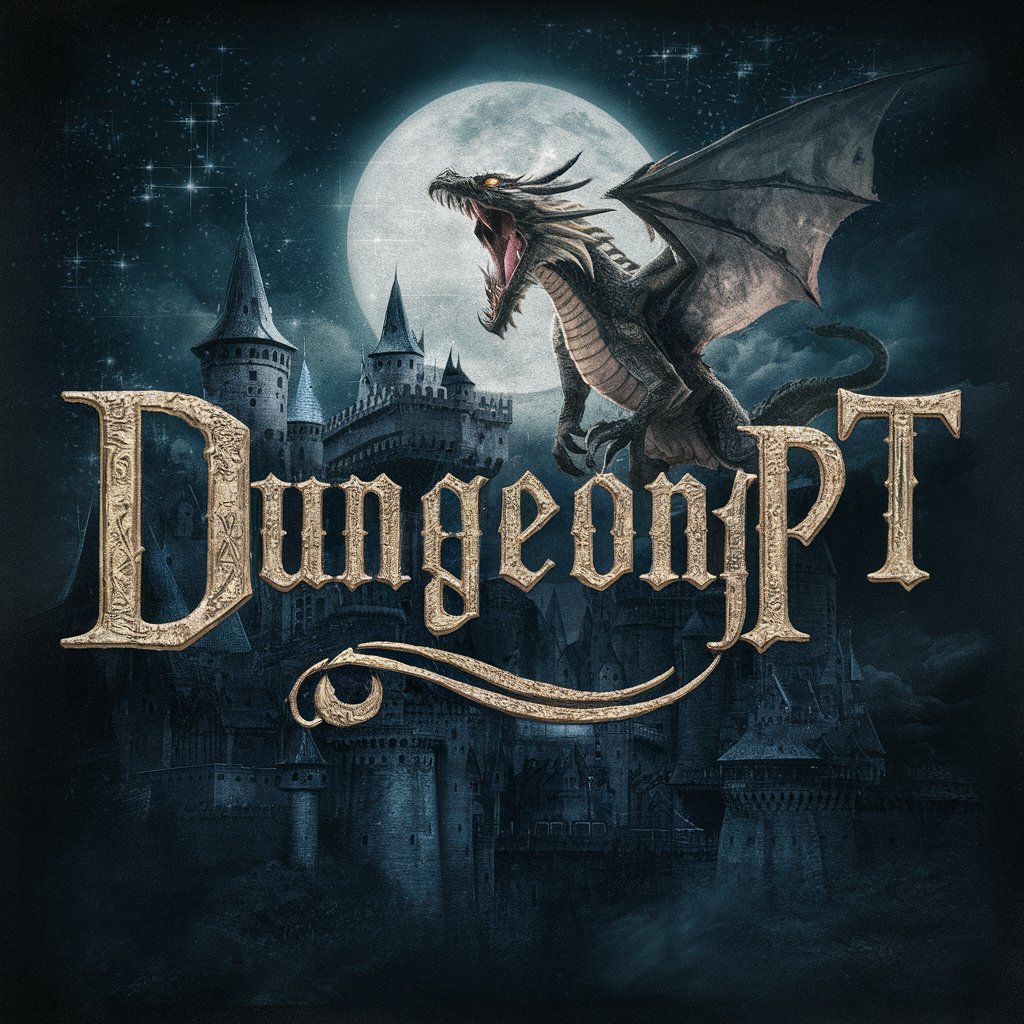
Niche Explorer
Unlock niche insights with AI-powered exploration
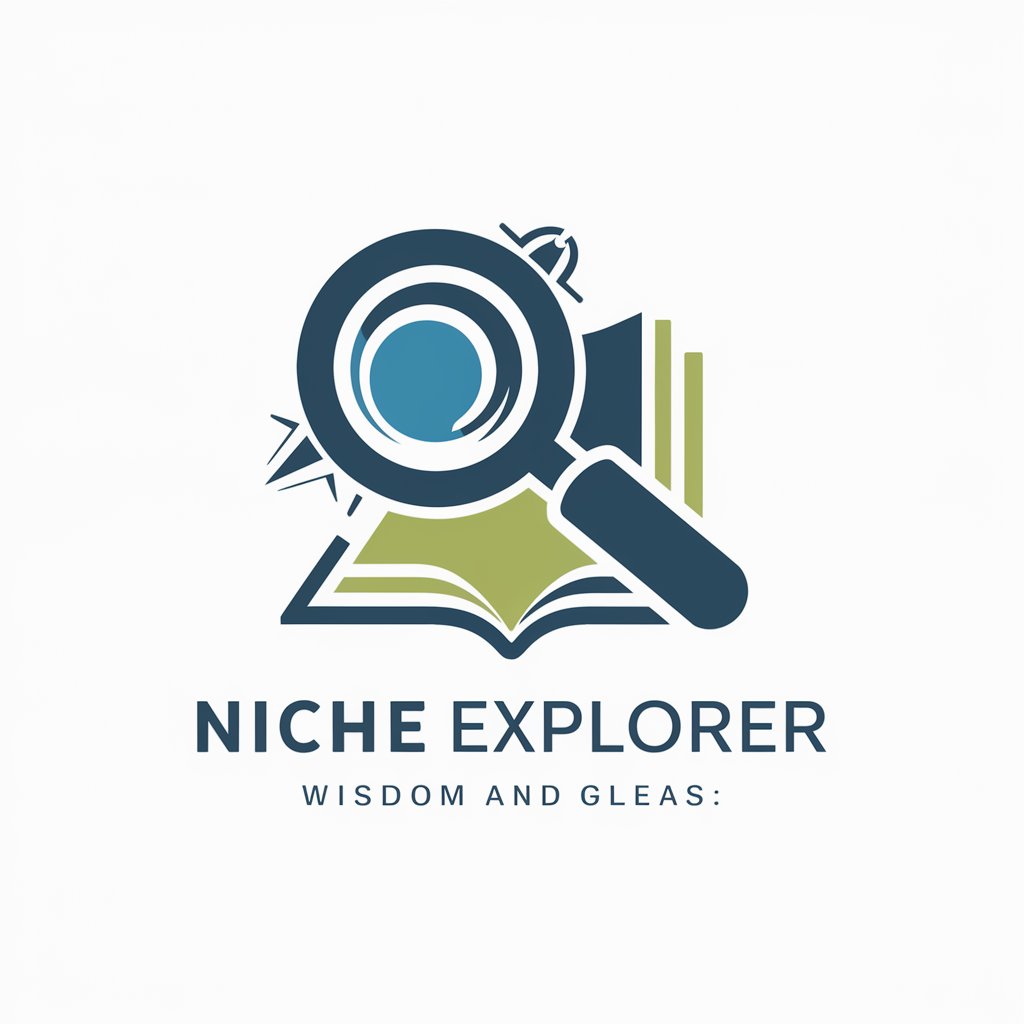
Anime Me
Transform images into anime art effortlessly.
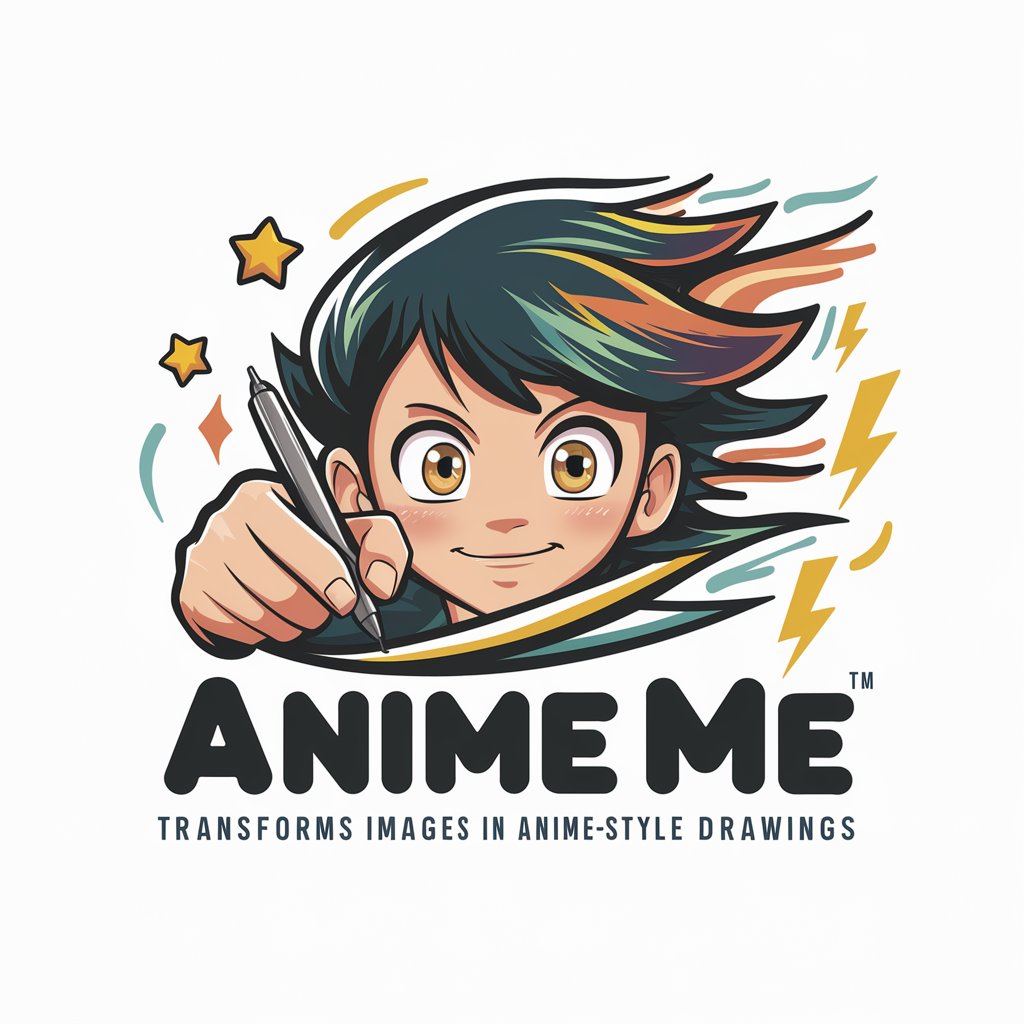
Web Profile Analyzer with Personality Typing
Decipher Personalities, Enhance Interactions

고등학교 영어선생님
Elevate Your English with AI
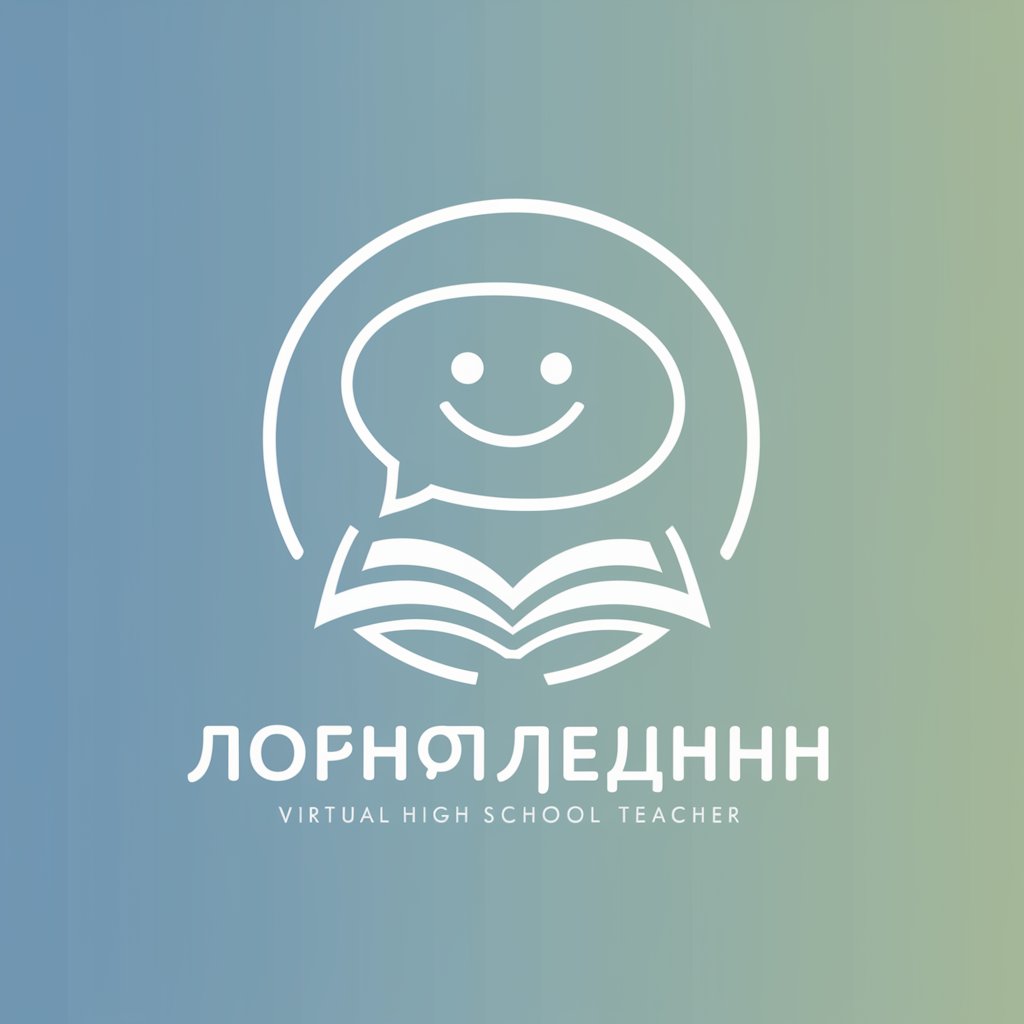
FAQs on Accessible Art Tags v0.2
What is Accessible Art Tags v0.2?
Accessible Art Tags v0.2 is an AI-powered tool designed to generate detailed and accessible descriptions of artworks, including alt text and long descriptions, tailored for inclusivity.
Who can benefit from using Accessible Art Tags v0.2?
Museum curators, art historians, educators, website designers, and content creators looking to make their art content accessible to audiences with visual impairments can benefit from this tool.
Can Accessible Art Tags v0.2 handle complex art images?
Yes, it is equipped to analyze and describe complex art images, focusing on subject, color, orientation, and medium to generate comprehensive alt text and long descriptions.
How accurate are the descriptions generated by Accessible Art Tags v0.2?
The tool aims for high accuracy by analyzing key elements of the artwork. However, users are encouraged to review and adjust the descriptions to ensure they meet specific needs.
Is there a limit to how many artworks I can describe with Accessible Art Tags v0.2?
While there might be usage thresholds to ensure quality and server capacity, the tool generally supports bulk processing, making it ideal for large collections and archives.